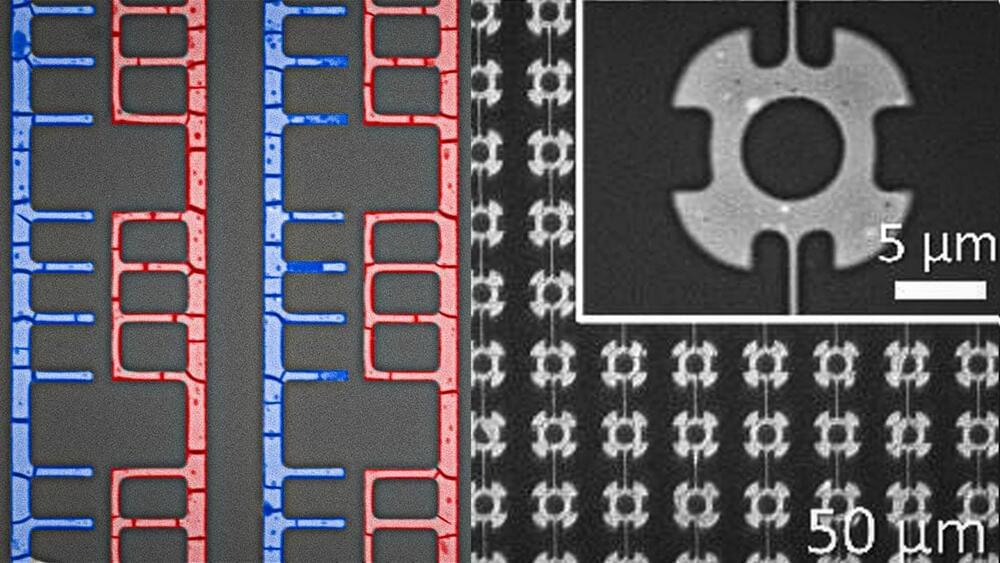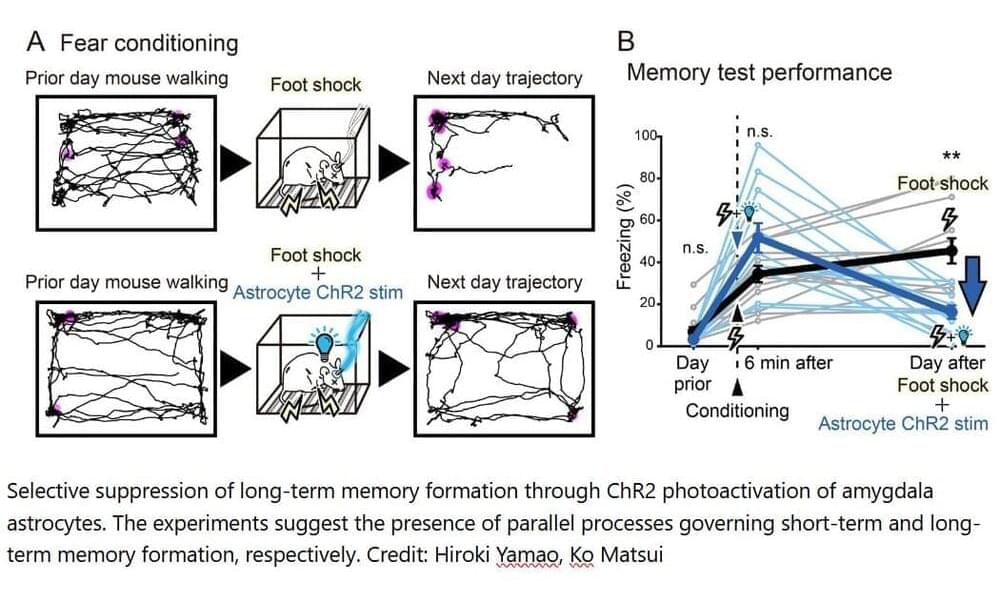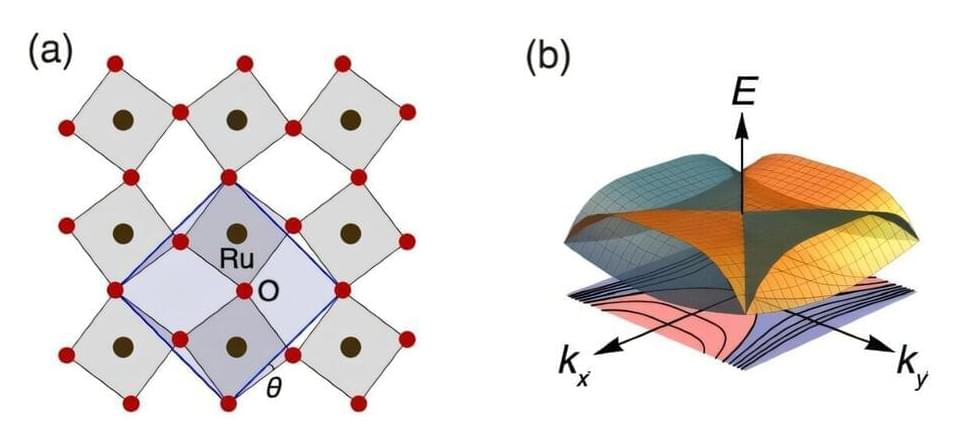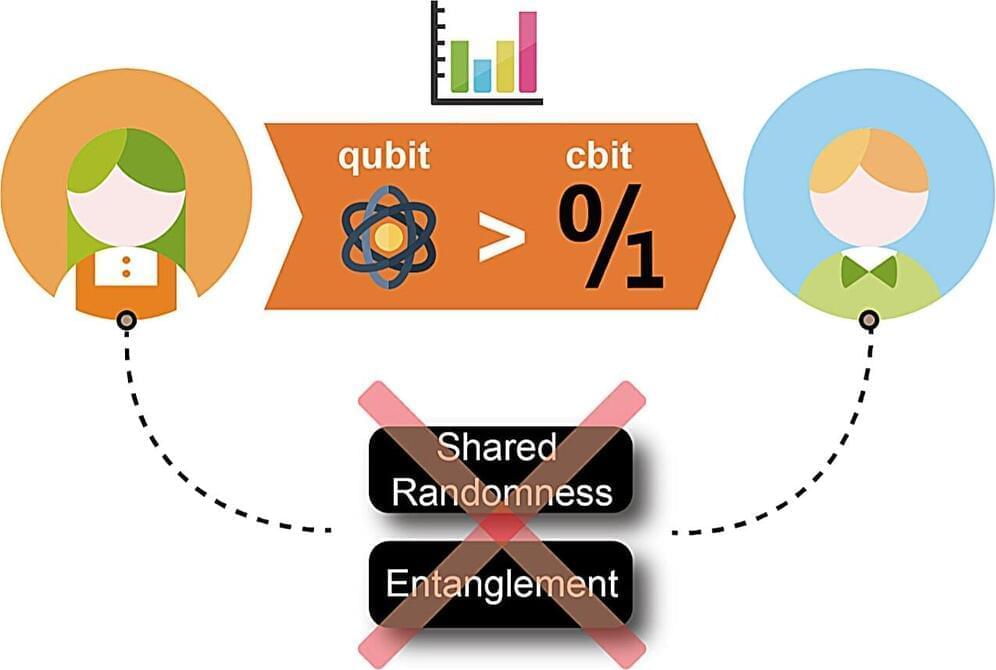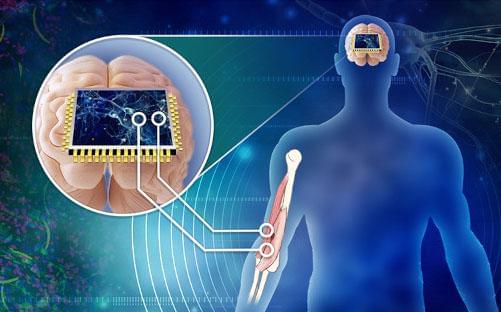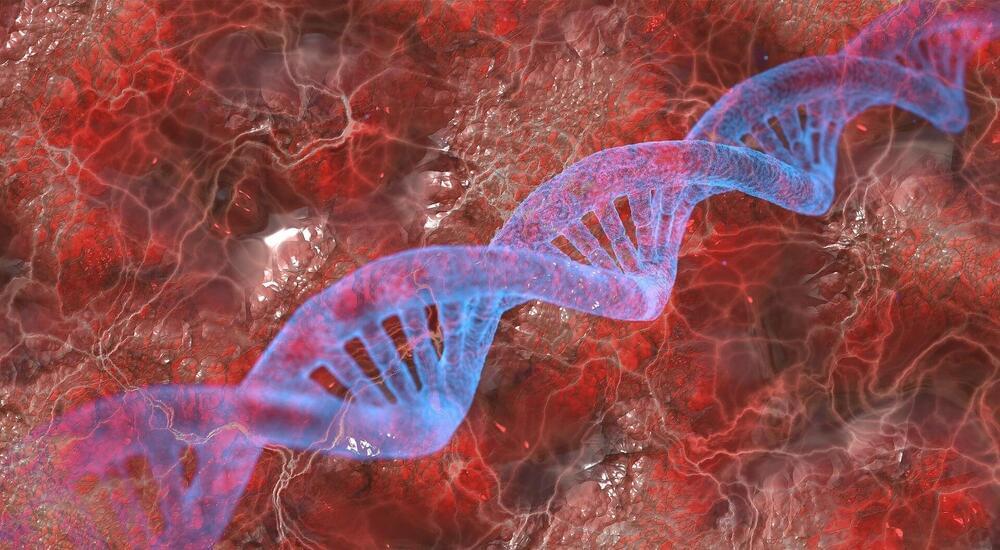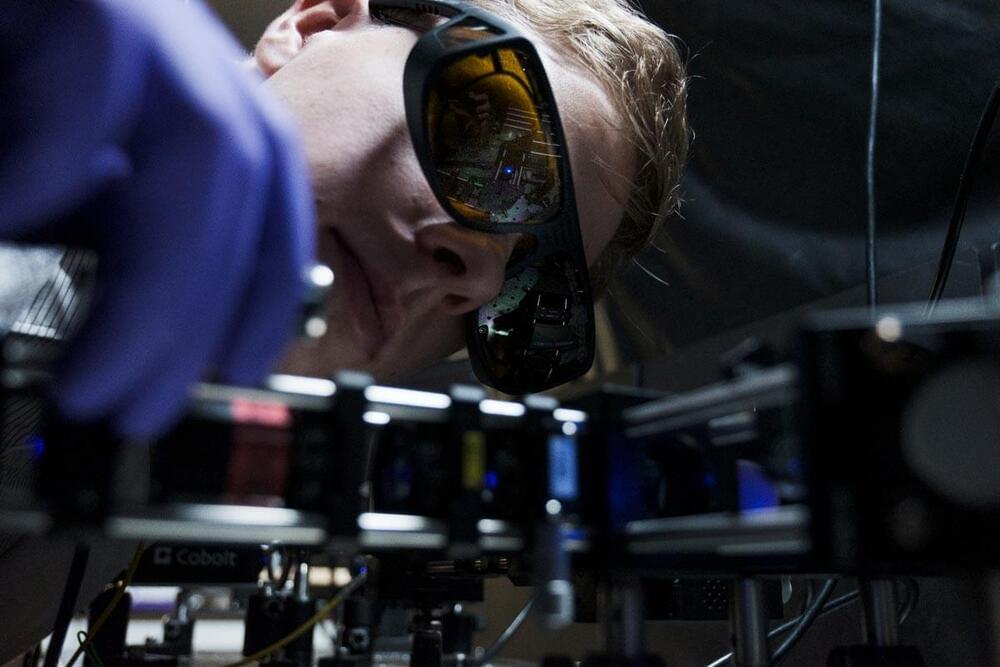Dec 3, 2024
‘Self-assembling’ nano-electronics: Faster, cheaper, more reliable
Posted by Genevieve Klien in categories: computing, nanotechnology, particle physics
A remarkable proof-of-concept project has successfully manufactured nanoscale diodes and transistors using a fast, cheap new production technique in which liquid metal is directed to self-assemble into precise 3D structures.
In a peer-reviewed study due to be released in the journal Materials Horizons, a North Carolina State University team outlined and demonstrated the new method using an alloy of indium, bismuth and tin, known as Field’s metal.
Continue reading “‘Self-assembling’ nano-electronics: Faster, cheaper, more reliable” »
